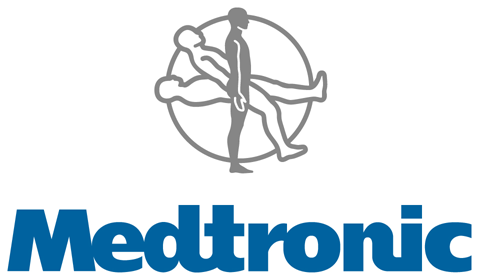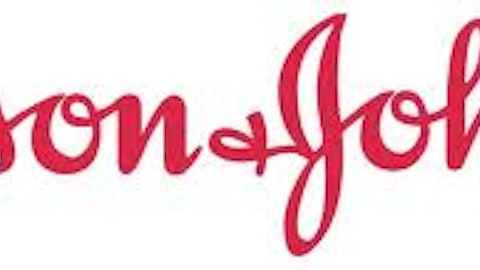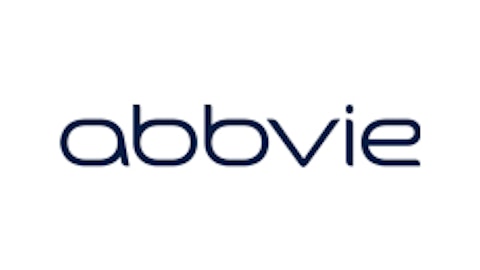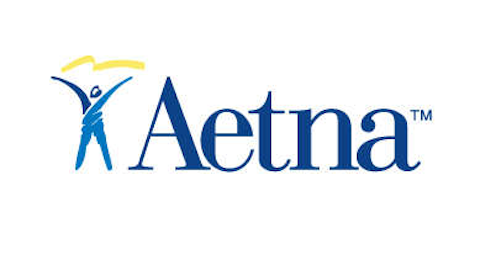Medical device makers Medtronic, Inc. (NYSE:MDT) and Stryker Corporation (NYSE:SYK) are at the top of an industry on the move. Both are big names in the business, have pulled in double-digit gains to start the year, and are worth it for investors to consider adding to their portfolios. But when pitting these stocks head-to-head for your investment over the long term, which is the better buy?
Starting off with Stryker
Stryker Corporation (NYSE:SYK) did well in 2012, growing sales by more than 4% year-over-year despite falling earnings. The sluggish comeback from the recession has hurt medical device sales, but with the economy finally looking up, Stryker’s predicting good things. The company expects full-year earnings per share of between $4.25 and $4.40 in 2013, a range that would smash 2012’s result by between 25% and 30%.

The ongoing series of lawsuits against hip device recalls should worry Stryker Corporation (NYSE:SYK) investors, however. This company hasn’t been immune from the allegations that have been thrown against competitors such as Johnson & Johnson (NYSE:JNJ) : Stryker has had legal troubles following its recall of the Rejuvenate and ABG II hip stem implants last year. Stryker has nowhere near the financial power to battle lawsuits like J&J — a company whose orthopedics sales alone nearly outpace Stryker’s total revenue — and investors need to hope for a recall-free future.
Fortunately, the company’s stepped up its efforts in other areas. Stryker’s neurotechnology and spine business has grown from 14% of total sales to 18% in two years as the fastest-growing division in the company. The segment grew by more than 10% alone last year, representing some real revenue power for Stryker; if orthopedics sales pick up as expected, the company’s optimistic profit forecasts won’t seem so high after all.
Medtronic won’t be left behind
Stryker Corporation (NYSE:SYK)’s looking up, but Medtronic, Inc. (NYSE:MDT)’s not going to concede that easily. The largest purely medical device company on the market topped earnings projections last quarter and saw revenue grow 4%, and Medtronic has its own businesses demanding the attention of growth investors everywhere.
The company’s Resolute drug-eluting stent has powered its coronary business to standout growth: Over the past nine months, the division’s grown sales by 14%. It’s one of Medtronic, Inc. (NYSE:MDT)’s best-performing divisions, and the recent launch of the Resolute Integrity stent in Japan and U.S. — to “strong consumer acceptance,” according to Medtronic, Inc. (NYSE:MDT)’s most recent quarterly filing — promises more good things to come from this business.
That can’t be said about all of Medtronic’s heart-related businesses, however. The company’s mired in the cardiac rhythm management, or CRM, industry’s decline — an unfortunate trend considering the business makes up more than a quarter of Medtronic’s total sales. Its 3% decline in CRM sales over the past nine months isn’t as bad a hit as some competitors; Boston Scientific Corporation (NYSE:BSX) lost 7% in full-year CRM sales in 2012 as the industry has shown no mercy to any company involved. Still, Medtronic’s high exposure to this struggling area will keep revenue growth down, especially considering that the mature CRM market isn’t expected to see much growth in the U.S. and Europe.



